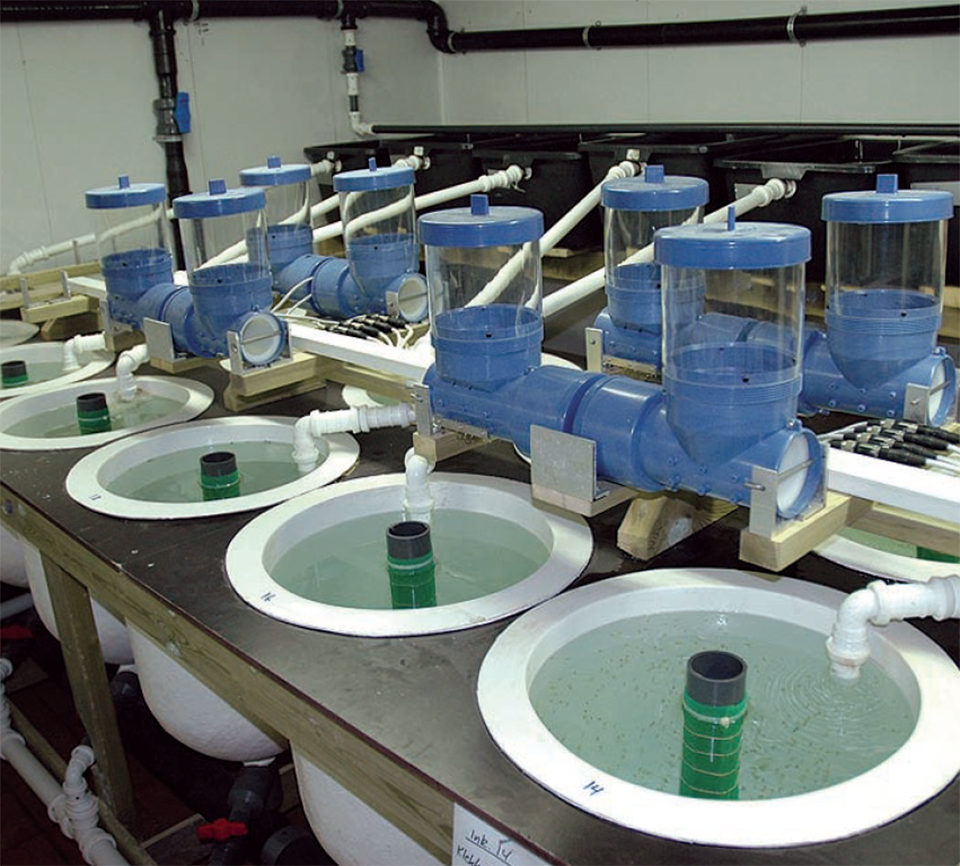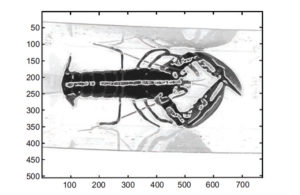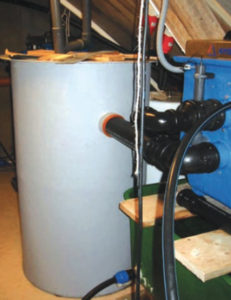Farming concept includes the use of robots, image-processing software

The European lobster (Homarus gammarus) is one of the most valued seafoods in the world and enjoys worldwide market demand. However, lobster aquaculture has previously been hampered by high production costs due to the demand for 18 to 22 degrees-C water to get acceptable growth rates and the need for individual rearing compartments to avoid cannibalism. The lack of high-quality formulated feed has also been a limiting factor.
Norwegian Lobster Farm currently operates the only year-round lobster hatchery in Europe on the island of Kvitsøy in southwestern Norway. In 2000, the company began a project to develop land-based production of 300-gram, plate-sized lobsters. Small- and medium-scale trials have been completed to address the main bottlenecks.
Automated technology

The ideal system for rearing lobsters individually should be relatively simple and inexpensive to construct, operate, and maintain. It should use space efficiently and allow ready access to every animal for inspection and feeding. Lobster production should be based on automatic feeding and self-cleaning tanks and cages in systems that maintain ideal water quality and temperature, and support adequate survival at high production densities.
Through research over the last seven years, the Norwegian Lobster Farm has successfully developed a cost-effective farming solution that uses recirculation of heated seawater. Patented in 23 countries worldwide, the new farming technology includes automated solutions to most of the procedures that previously were dependent on manual labor.
The concept includes the use of robots to classify larval stages, distribute feed, and harvest; and image-processing software to identify molting, mortality, and the time for harvesting. The farming system was successfully tested at medium scale over the last two years, and the first full-scale lobster production module was put into operation in 2006.
Norwegian Lobster Farm has also patented a new formulated feed especially engineered for the European lobster. It is being used from hatching to market size, so commercial production of plate-sized lobsters can be solely based on the formulated diet.
Water quality

Desirable levels of water quality for clawed lobsters reflect temperatures of 18 to 22 degrees-C, 28 to 35 ppt salinity, dissolved oxygen above 6 mg/l, pH of 7.8 to 8.2, and less than 14 µg nitrogen/l as unionized ammonia. For short periods, lobsters tolerate considerably lower oxygen and higher ammonia concentrations.
Ammonia concentration is the most limiting parameter in recirculation systems for seawater. At Kvitsøy, the biofilter efficiently removes total ammonia nitrogen (TAN) at rates of 50 to 70 percent. Lobster feed is high in protein, and ammonia excretion rates in the animals are correspondingly high, with average rates of 0.1 to 0.5 gram TAN/kg/day for adult lobsters. Current knowledge on respiration and excretion rates for lobsters at all stages is limited, and research is addressing this.
Capacity, market potential
The commercial-scale lobster module at Kvitsøy has the capacity to produce around 3 metric tons (MT) per year. Plans are to increase the annual production capacity to around 70 MT within a few years. Since the system is modular, larger units have also been designed, with the potential for one farm to produce up to 2,000 MT per year of live lobsters.
Lobsters from Norwegian Lobster Farm have been tested several times at the Culinary Institute in Stavanger, Norway. In these culinary tests, the farmed product was rated higher in taste, freshness, texture, and meat color in both boiled and fried forms than wild-caught lobsters, which showed promise for introducing the farmed animals to high-end market segments.
(Editor’s Note: This article was originally published in the May/June 2007 print edition of the Global Aquaculture Advocate.)
Now that you've finished reading the article ...
… we hope you’ll consider supporting our mission to document the evolution of the global aquaculture industry and share our vast network of contributors’ expansive knowledge every week.
By becoming a Global Seafood Alliance member, you’re ensuring that all of the pre-competitive work we do through member benefits, resources and events can continue. Individual membership costs just $50 a year. GSA individual and corporate members receive complimentary access to a series of GOAL virtual events beginning in April. Join now.
Not a GSA member? Join us.
Authors
-
Asbjørn Drengstig
Norwegian Lobster Farm Ltd.
P.O. Box 391
4067 Stavanger, Norway -
Dr. Asbjørn Bergheim
IRIS – International Research Institute of Stavanger
Stavanger, Norway
Tagged With
Related Posts

Responsibility
Hatchery production of spiny lobsters
Spiny lobsters are a premium seafood whose culture has depended on wild-caught seedstock. An Australian company is helping shift the farming paradigm to more sustainable hatchery production.

Aquafeeds
A look at phospholipids in aquafeeds
Phospholipids are the major constituents of cell membranes and are vital to the normal function of every cell and organ. The inclusion of phospholipids in aquafeeds ensures increased growth, better survival and stress resistance, and prevention of skeletal deformities of larval and juvenile stages of fish and shellfish species.

Responsibility
Advancing the ecosystem services of aquaculture
The Nature Conservancy was inactive in aquaculture until new program leader Robert Jones joined. His focus is on the positive outcomes of responsible aquaculture.

Innovation & Investment
AquaBounty, with new RAS facility, hopes to win public support for GM salmon
Ron Stotish, CEO of AquaBounty Technologies, believes genetically modified salmon is no threat to its opponents and the outlook for AquAdvantage is good. With its purchase of the Bell Fish Co. RAS facility, commercialization will soon commence.


